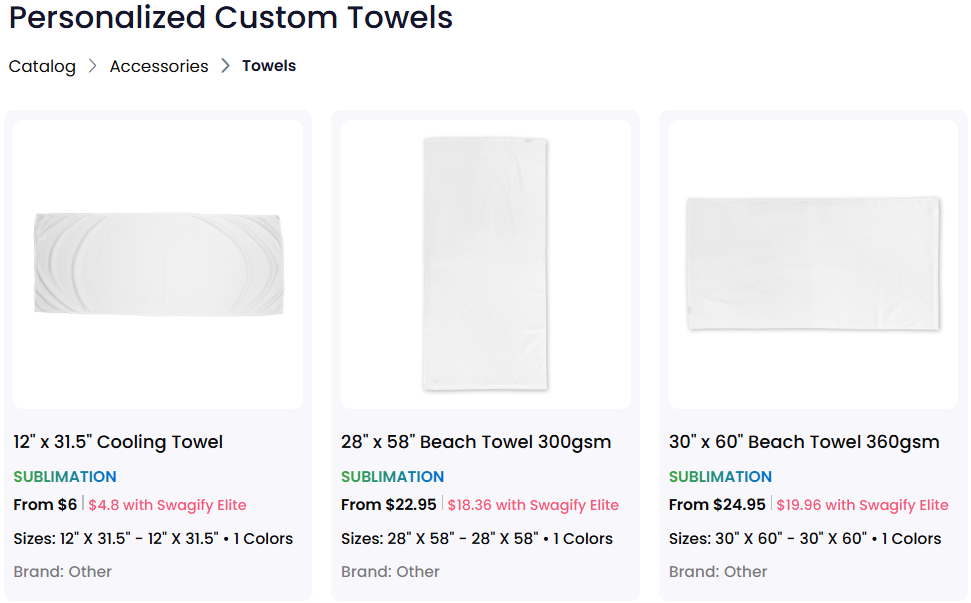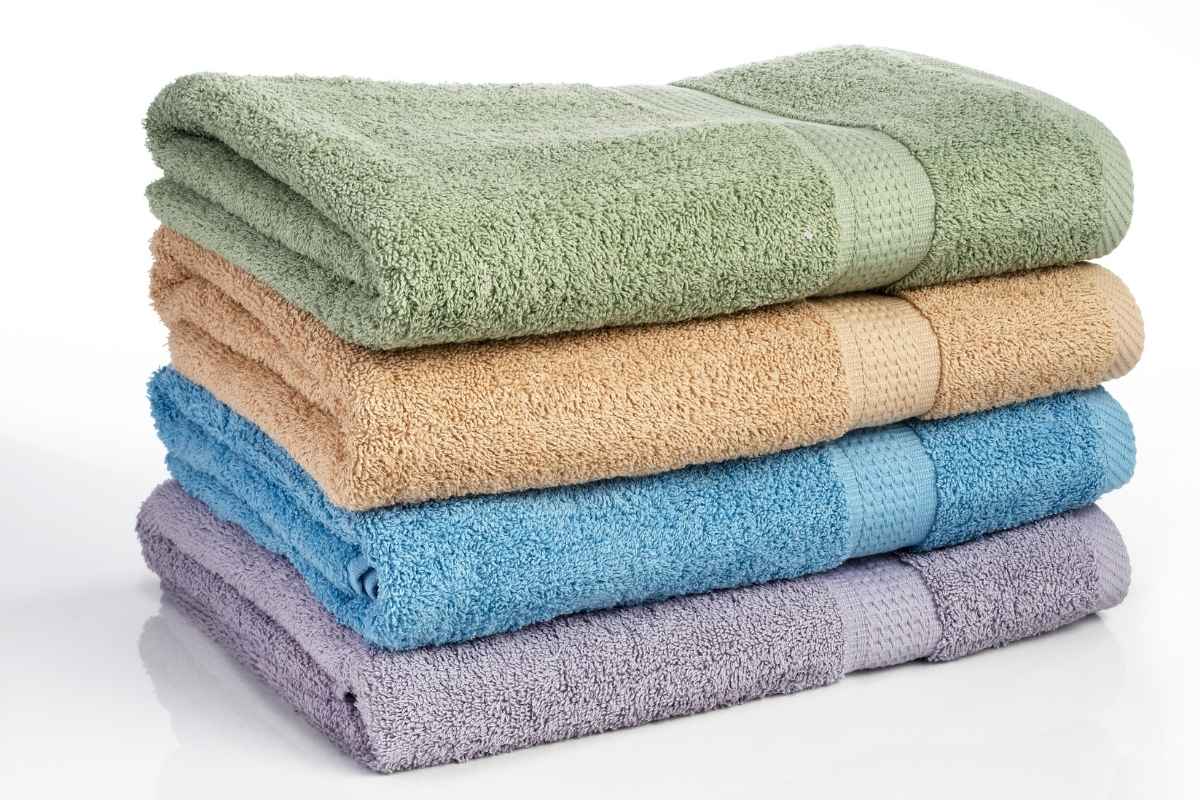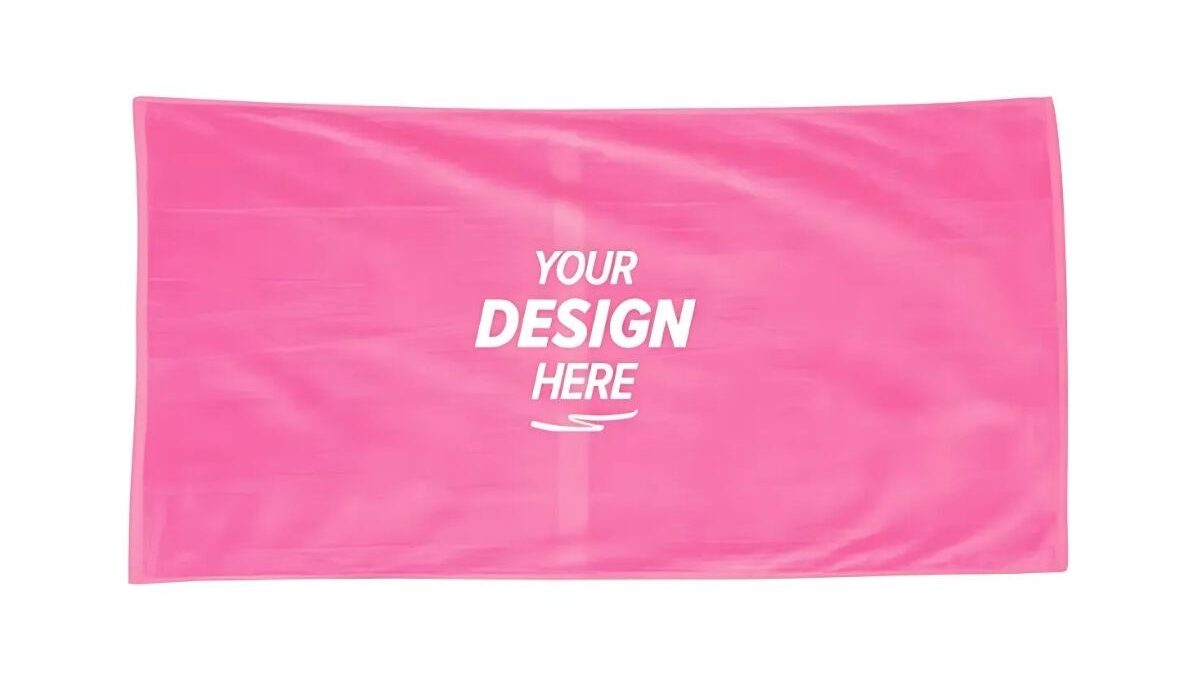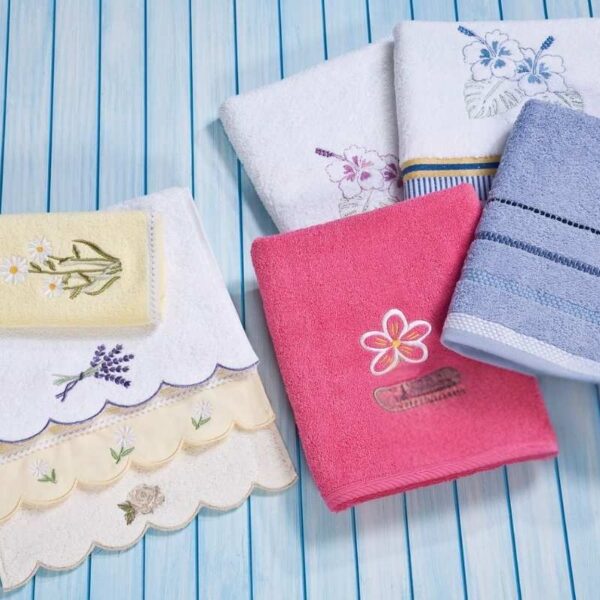Introduction
Selling custom beach towels through Print on Demand (POD) is one of the most creative and scalable ways to run an online business. With minimal startup investment and no need to hold inventory, entrepreneurs can focus entirely on product design, branding, and marketing.
Beach towels may seem like simple products, but in reality, they serve multiple purposes—vacation essentials, gym accessories, home decor items, and even personalized gifts. When designed creatively and marketed correctly, these towels can generate consistent year-round sales.
Table of Contents
This guide will walk you through every step of building a custom beach towel business with POD, from designing professional-grade towels to choosing the right POD platform and developing effective marketing strategies.
Step 1: Understand the Product and Choose the Right Towel Style
The first step is selecting the type of towel you want to sell. While all towels serve a similar purpose, size, shape, and material influence how your product is perceived by customers.
Oversized Beach Towels: These are the most common type used by vacationers. They range from 30 by 60 inches up to 36 by 72 inches. Their large surface area offers ample space for vibrant, high-impact designs.
Round Beach Towels: These circular towels have become especially popular on social media platforms like Instagram. They’re ideal for symmetrical designs, such as mandalas, geometric patterns, and tropical motifs.
Bath Towels and Hand Towels: While these aren’t traditionally used for beach outings, they can be excellent upsell items. Offering these in a bundle along with beach towels creates a full custom towel set for home or travel.
When choosing a towel style, consider your target audience. Families may prefer themed sets that include towels for adults and kids. Travelers might prefer lightweight microfiber for easy packing, while yoga enthusiasts or influencers may look for something bold and aesthetic.
Step 2: Create a High-Quality, Print-Ready Design

Design is the most important aspect of your custom beach towel business. It’s what sets your product apart from generic store-bought towels. A poorly executed design can make even the best-quality towel unappealing.
Focus on Resolution and Canvas Size
Since beach towels are large items, your artwork needs to be created in high resolution. Aim for at least 300 DPI (dots per inch), and match the image size to the final product dimensions. For example, a 30×60 inch towel should have an image that is 9000 x 18000 pixels.
Always consult your POD platform’s product template or design guidelines to avoid having your artwork cut off or misaligned during printing.
Choose a Design Style that Matches Your Audience
You can create your own designs from scratch or purchase pre-made art and customize it. Popular design styles for beach towels include:
- Abstract art with bold color combinations
- Ocean-inspired themes like waves, sea creatures, and palm leaves
- Personalized patterns with names or monograms
- Inspirational quotes and typography
- National flags or travel destinations
- Artistic illustrations and hand-drawn sketches
Design tools such as Adobe Photoshop, Illustrator, and Procreate are great for professional-grade designs. Canva is ideal for beginners who want to start without investing in design software.
Step 3: Select the Right Towel Material and Printing Method
| Towel Material | Best Printing Methods | Benefits | Ideal Use Case |
|---|---|---|---|
| Cotton | Screen Printing, Embroidery | Soft, absorbent, breathable, durable | Everyday bath towels, spa, baby towels |
| Microfiber | Sublimation, Heat Transfer | Lightweight, quick-drying, holds detailed prints | Gym towels, travel towels, promotional towels |
| Bamboo Cotton Blend | Embroidery, Screen Printing | Eco-friendly, hypoallergenic, luxuriously soft | Baby towels, eco-conscious product lines |
| Terry Cloth | Embroidery, Screen Printing | Thick, highly absorbent, classic texture | Beach towels, luxury bath towels |
| Velour | Embossing, Sublimation (on flat side) | Soft, velvety finish, good for vibrant designs on one side | Decorative towels, personalized gift towels |
| Linen | Embroidery, Monogramming | Light, durable, quick-drying, rustic look | Kitchen towels, tea towels, decorative items |
The material used for your towel will determine its comfort, durability, and print quality. Each fabric type interacts differently with various printing methods.
Microfiber Polyester
This material is quick-drying and lightweight, making it a popular option for travel-friendly towels. It supports dye-sublimation printing, which is one of the best methods for vibrant, long-lasting colors.
Cotton-Polyester Blends
Blended towels offer the softness of cotton and the color vibrancy of polyester. These are perfect for general use and have a more traditional towel texture.
Terry Cloth Cotton
These towels are heavier and offer high absorbency. They’re suitable for bath and spa towels but may limit print clarity unless a polyester face is added.
Recommended Printing Method: Dye-Sublimation
This process infuses the design directly into the fabric. It ensures that the print is fade-resistant, waterproof, and vibrant. However, it only works on synthetic materials or blends that contain polyester.
Before finalizing your material, always order samples to test the fabric’s comfort, absorbency, and overall feel. This helps avoid customer complaints and ensures you’re offering a premium product.
Step 4: Choose a Reliable POD Supplier

There are many POD platforms available, and each offers unique advantages depending on your business goals.
Here are a few reliable options you can consider:
- SwagifyPOD: Offers a wide range of towel products with multiple vendor choices. You can compare base prices and shipping rates to find the best option.
- Printify: Known for premium quality and consistent fulfillment. Ideal if you plan to sell high-end towels or premium collections.
- CustomCat: Offers bulk pricing and fast delivery. Useful for growing businesses focused on high-volume sales.
- Zazzle and Redbubble: Good options if you don’t have your own online store and want to sell through their marketplaces.
- Shopify Apps: If you use Shopify, you can connect it with various POD providers through integrated apps.
When selecting your POD provider, consider print quality, shipping times, profit margins, return policies, and platform integrations.
Step 5: Upload, List, and Sell Your Beach Towel
| Step | What to Do | Tips |
|---|---|---|
| 1. Upload Your Design | Choose a high-resolution PNG, JPG, or SVG file | Minimum 300 DPI recommended; transparent background works best for print-on-demand sites. |
| 2. Select Towel Template | Pick your towel style, size, and material from available options | Go for full-print microfiber or cotton towels for best results. |
| 3. Customize Placement | Adjust the design placement and preview on mockups | Center your artwork or use edge-to-edge for bold patterns. |
| 4. Write Product Title | Add a catchy and clear title | Include keywords like “Custom Beach Towel” or “Personalized Summer Towel.” |
| 5. Write Description | Highlight features, materials, and personalization options | Keep it SEO-friendly, informative, and engaging. |
| 6. Set Price & Profit | Decide your retail price and profit margin | Research competitors and factor in production/shipping costs. |
| 7. Publish & List Online | List on your e-commerce site, Etsy, or print-on-demand platform | Use relevant tags like “beach gear,” “custom gifts,” “summer accessories.” |
| 8. Promote Your Product | Share on social media, run ads, or collaborate with influencers | Include lifestyle photos and videos to boost engagement. |
Once your designs and supplier are ready, you can begin creating product listings on your online store or marketplace.
File Format and Image Requirements
Upload your design in the file type recommended by the POD provider. PNG is usually preferred for its transparency support and image quality. Make sure the file is high-resolution and correctly sized to fit the entire towel area.
Product Descriptions
Your product description should do more than just describe the towel—it should sell it. Use descriptive, benefit-oriented language that connects emotionally with the customer.
Example:
“Wrap yourself in vacation vibes with our custom beach towel. Designed with ultra-soft microfiber and printed in stunning detail, this towel is perfect for sunbathing, swimming, or simply standing out at the beach.”
Include details like size, material, care instructions, and shipping time.
Step 6: Pricing for Profit
Setting your price involves calculating all your costs and adding your desired margin. Your costs may include:
- The base cost of the towel from the POD supplier
- Shipping and handling fees
- Platform fees (for marketplaces like Etsy or Amazon)
- Payment processor fees (e.g., Stripe or PayPal)
Let’s say your total cost is $22. To achieve a 50% margin, you would price the towel at around $44. You can also offer bundles (such as a pair or a family pack) to increase average order value.
Offering incentives such as free shipping over a certain amount or discount codes for new customers can further encourage purchases.
Step 7: Market Your Custom Beach Towels

Without marketing, even the best-designed towels won’t sell. Fortunately, you don’t need a large budget to build a loyal customer base.
Social Media: Platforms like Instagram and Pinterest are ideal for showcasing visually appealing products. Post regularly with high-quality mockups, lifestyle photos, customer reviews, and behind-the-scenes content. Use relevant hashtags to reach a broader audience.
Email Marketing: Build an email list from your website or store and send regular updates about new designs, promotions, or seasonal collections. Email marketing is especially effective for returning customers and building long-term loyalty.
Influencer Collaborations: Partner with influencers in the travel, wellness, or lifestyle niche. Offer them a free product in exchange for content, testimonials, or exposure.
Search Engine Optimization (SEO): Optimize your product titles and descriptions with relevant keywords like “custom beach towel,” “personalized summer towels,” or “print on demand towel.” This increases your chances of ranking in Google searches.
Seasonal Promotions: Run targeted campaigns during peak summer months, spring break, or holiday seasons. Highlight giftable options and promote bundle deals.
Conclusion
Custom beach towels are a practical, visual, and emotional product. They offer an excellent opportunity for creative entrepreneurs to build a scalable brand using print-on-demand. By focusing on high-quality designs, selecting the right materials and vendors, and implementing thoughtful marketing strategies, you can create a product line that stands out in a competitive market.
Whether you’re starting with one towel design or building an entire summer-themed store, the Print on Demand model offers a low-risk and high-reward path to success.
If you’d like help crafting mockups, product descriptions, or marketing content for your towels, feel free to ask. I can also help you develop a launch strategy tailored to your niche.




Sign up